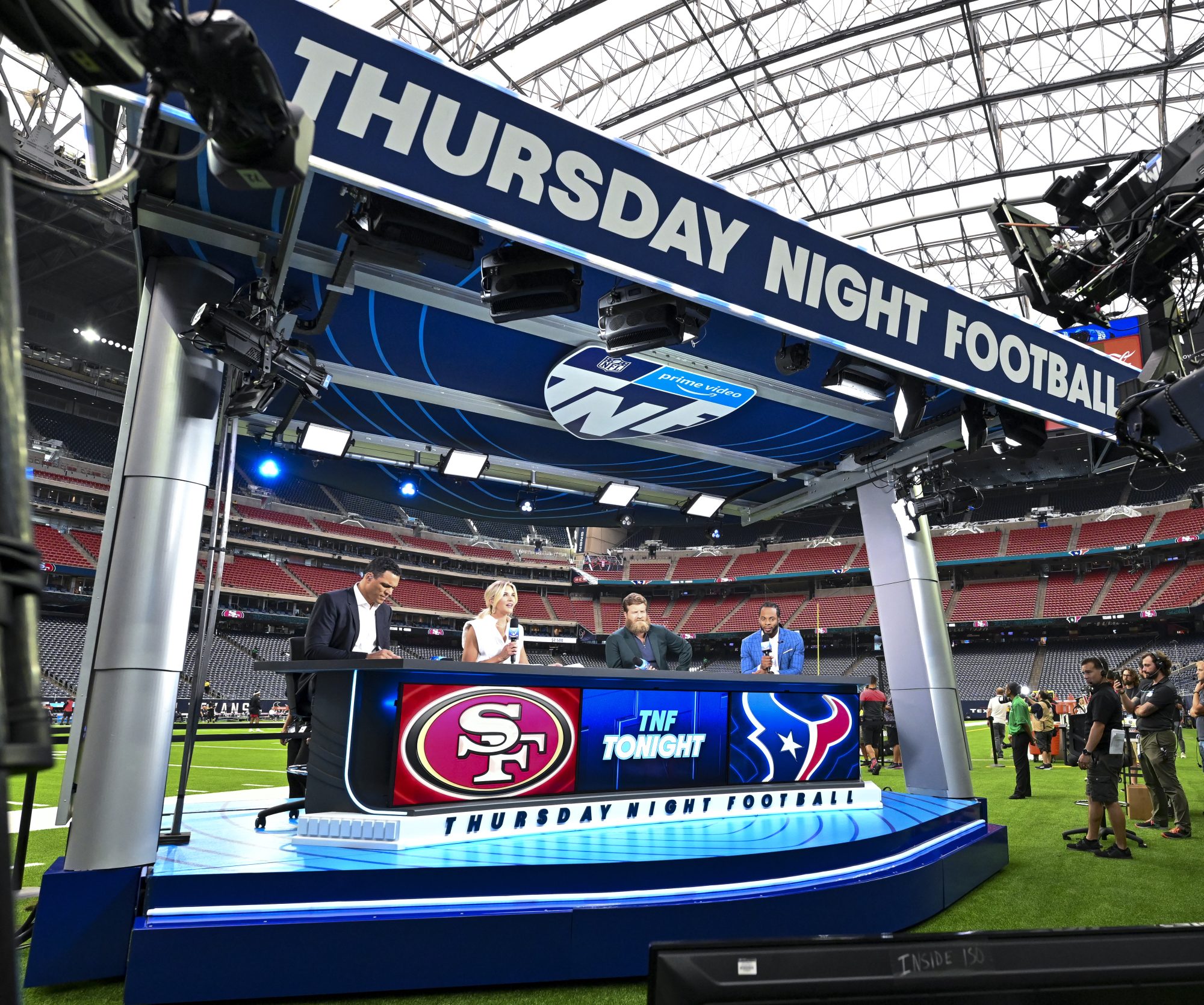
Jarred Wilichinsky, senior vice president, ad operations, Paramount
The days of running a videotape down the hall to air an ad for Reebok Pumps or Crystal Pepsi are long gone. The analog simplicity of one linear platform has evolved into the digital complexity of multiple video environments. And in a fragmented media universe, it’s the media company team’s job to provide the best ad experience — for audiences and brands.
None of that is possible, though, until all stakeholders speak the same language.
Ad ID was the go-to solution when linear was the only game in town. It was a standardized identifier that told publishers, programmers and media companies the advertiser, the brand and the duration of the spot. Ad ID ensured the delivery of the correct assets and allowed campaign and ops teams to track everything.
With linear now representing only a sliver of the multiplatform marketplace, there is no common identifier. The metadata used to tag content varies from publisher to publisher and marketer to marketer. This inability to share a clear and consistent taxonomy severely limits the effectiveness of ads.
With better ad serving, media companies can make better decisions about the ads they carry. Without it, things remain inefficient and inconsistent. For example, differing metadata prevents effective frequency capping and competitive separation. That means audiences see a Burger King spot one too many times, and they end up sick of ‘Have It Your Way.’ This is bad for the brand, the programmer and the user.
Publishers and broadcasters are striving to go back to the basics and settle on a standard set of metadata and an ID. For example, in an attempt to organize ad tech and make sense of the different players involved in the video space, a recent LUMAscape visual guide shows marketing on one side and consumers on the other, with different types of agencies, DSPs, exchanges, video ad networks, data management companies, content distributors and content networks between them. It’s the kind of birds-eye view that helps clarify the massive number of players involved in the ecosystem and the need for widespread cooperation.
The advertising ecosystem needs communication and cooperation between brands, agencies and ad tech to build a premium advertising environment. Examples of progress are underway, such as Paramount’s custom-built software, Conduit, which was created to give Paramount+ and Pluto TV a robust advertiser and user experience.
However, the long-term fix is a collective solution — and no one party can do it alone.
Universal metadata vocabulary will pave the way for premium experiences
For the industry to get to an ultimate resolution, advertisers first need a universal metadata vocabulary. Ad ID could also help by ensuring metadata can be plugged into ad tech platforms like Freewheel. Programmers must also construct pods that utilize the common ID and metadata to provide that premium experience and execution. Meanwhile, with the IAB tech committee and growing momentum in play, the industry is on the lookout for metadata metamorphosis coming to CTV.
As consumers watch video content across platforms, being able to provide a consistent, high-quality ad experience for them is more complicated than it once was with one linear platform. Because so many parties have access to inventory and platforms lack standardization, making ad decisions overall is limited as the metadata publishers, marketers and ad tech companies use vary.
The good news is marketers are working toward a collective solution to narrow in on one ID for all stakeholders and a standard set of metadata tags that will make tracking more efficient for every player in the video space.
Sponsored by Paramount
Source: digiday.com



